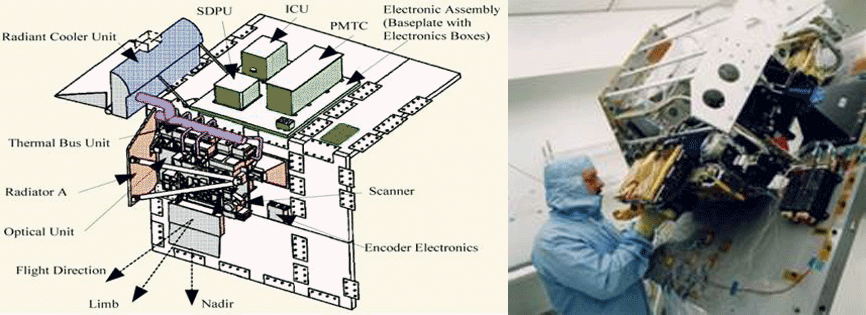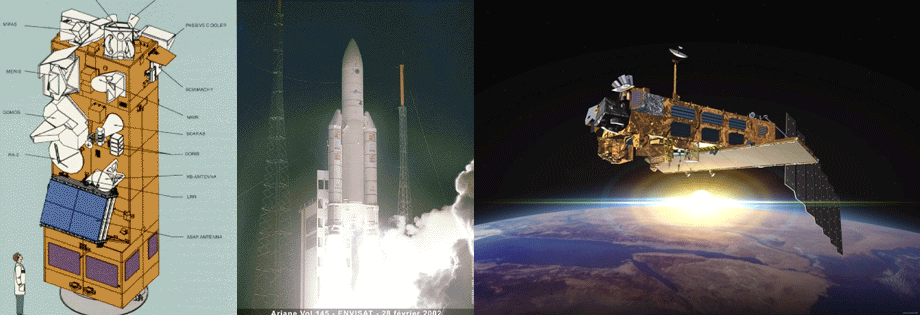Seminar
Vertical profiles of atmospheric constituents and their changes/trends retrieved from SCIAMACHY 2002 to 2012

John Burrows, Institute of Environmental Physics, University of Bremen, Germany
Wednesday, August 14, 2013, 3:30 pm Mountain Time
DSRC 2A305
Abstract
SCIAMACHY (SCanning Imaging Absorption spectrometer for Atmospheric CHartographY) was proposed in 1988. It was selected as a national contribution to the European Space Agency earth observation flagship, Envisat, launched on the 28th February 2012, see figure 1. Envisat flies in a sun synchronous polar orbit in descending node, having an equator crossing time of 10:00 am local time. SCIAMACHY, a passive remote sensing double monochrometer, measures the up welling radiation from the top of the atmosphere in 8 spectral channels, contiguously between 214 and 1750 nm and between 1940 and 2040 nm and also 2265 and 2380 nm. SCIAMACHY, which is shown in figure 2, made measurements in alternate limb and nadir viewing as well as solar occultation in the northern hemisphere and lunar occultation in the southern hemisphere. ESA lost contact with Envisat on the 8th April 2012.

SCIAMACHY is perhaps best known for its measurements of trace gases in the troposphere and the stratosphere, where measurements of the total and tropospheric columns of the trace gases O3, NO2, HCHO, CHO.CHO, BrO, IO, H22, CO, CH4 and CO2 as well ocean colour, cloud and aerosol optical properties.In this presentation the focus on the decade of trace gases, aerosol and cloud vertical profile measurements retrieved from the limb observations of SCIAMACHY and the changes and trends.

ALL Seminar attendees agree not to cite, quote, copy, or distribute material presented without the explicit written consent of the seminar presenter. Any opinions expressed in this seminar are those of the speaker alone and do not necessarily reflect the opinions of NOAA or CSL.